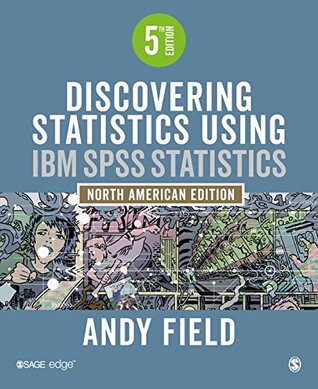Having hopefully stuck to your original sampling frame and obtained the appropriate p-value, you compare it to your original alpha value (usually 0.05). If the p you obtain is less than or equal to the original α, scientists typically use this as grounds to reject the null hypothesis outright; if the p is greater than α, then they accept that the null hypothesis is plausibly true
Welcome back. Just a moment while we sign you in to your Goodreads account.


